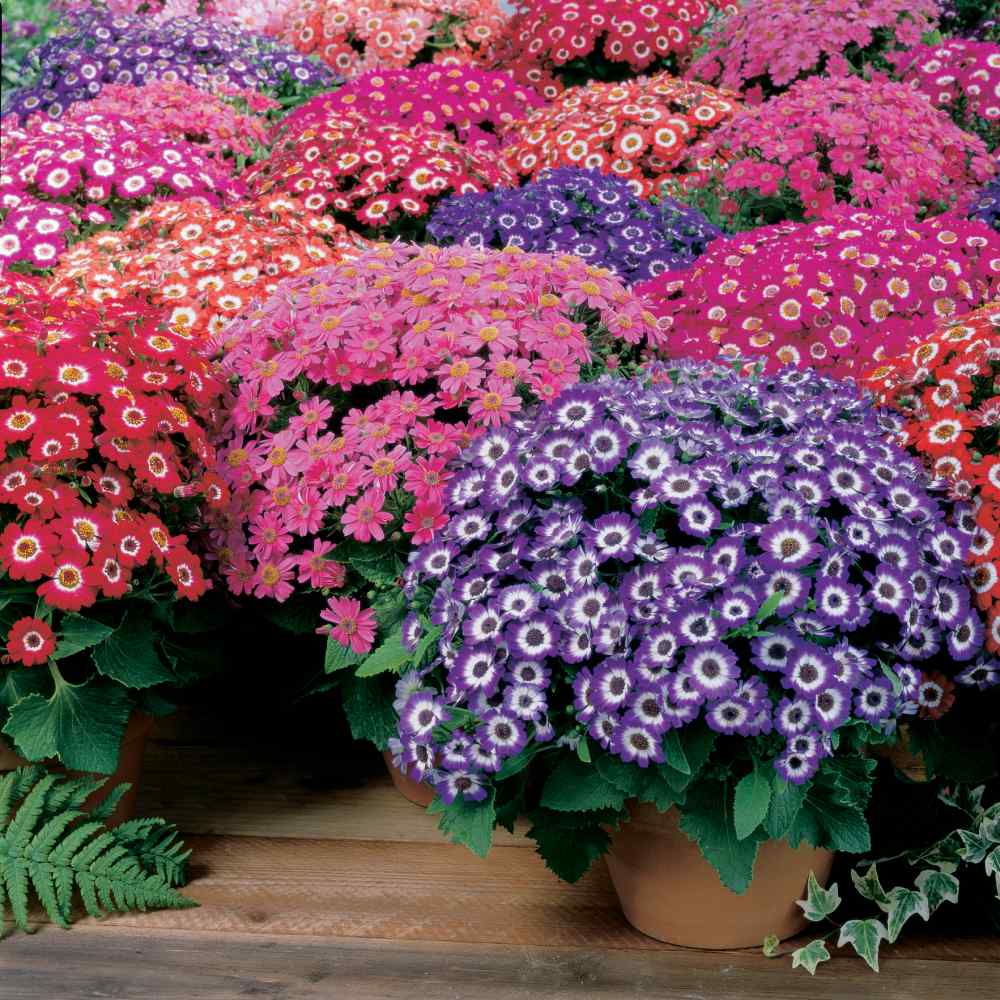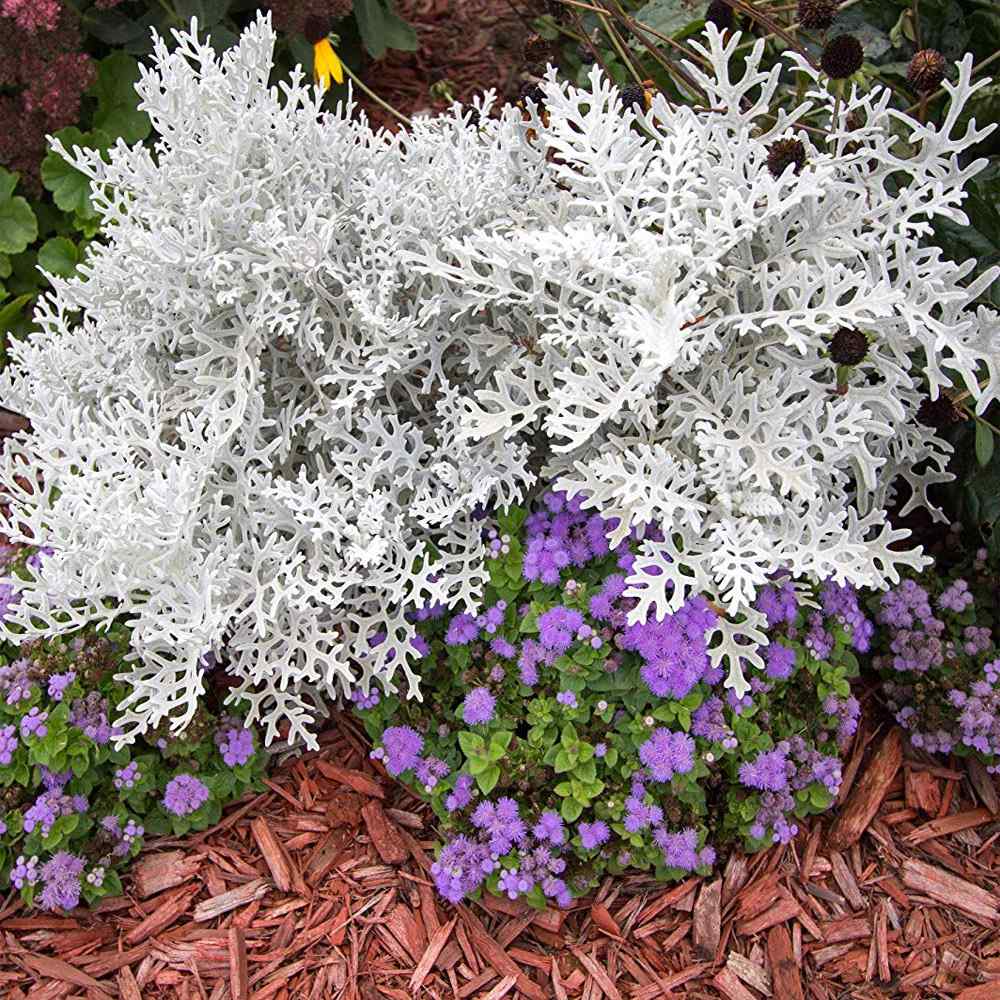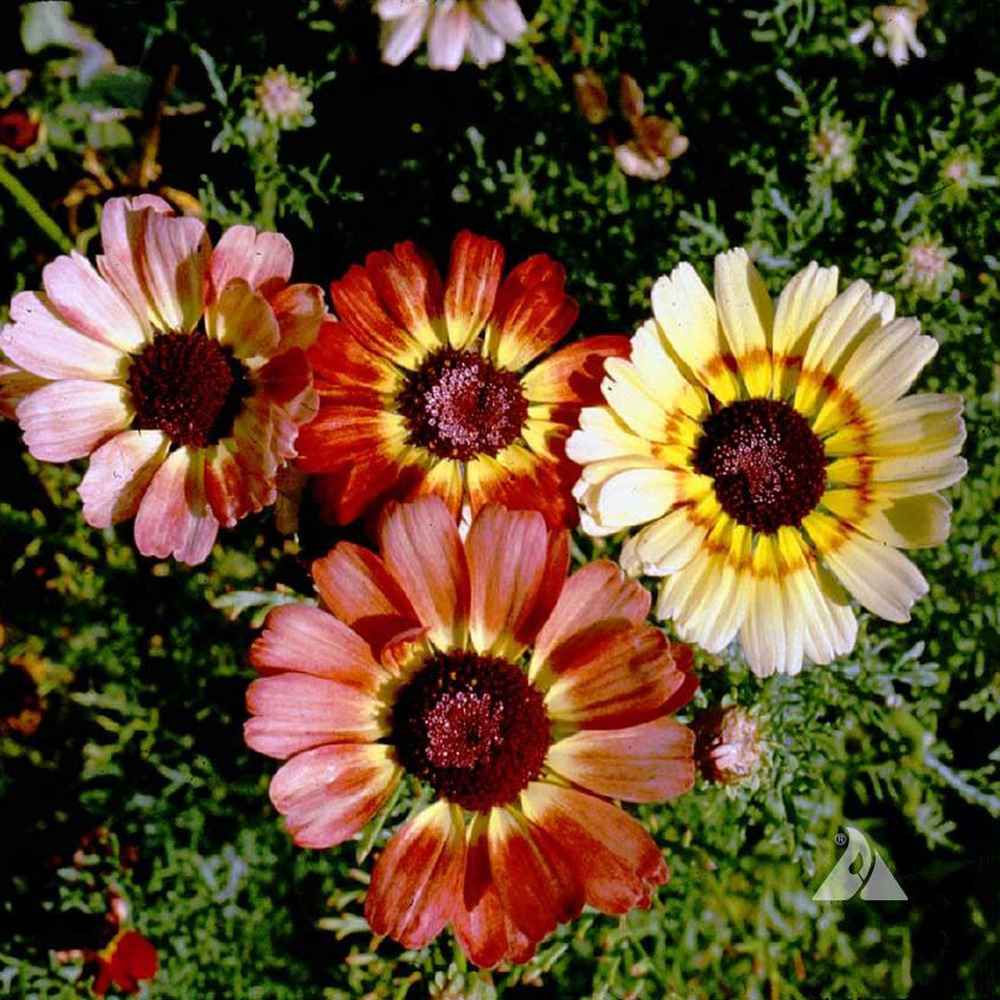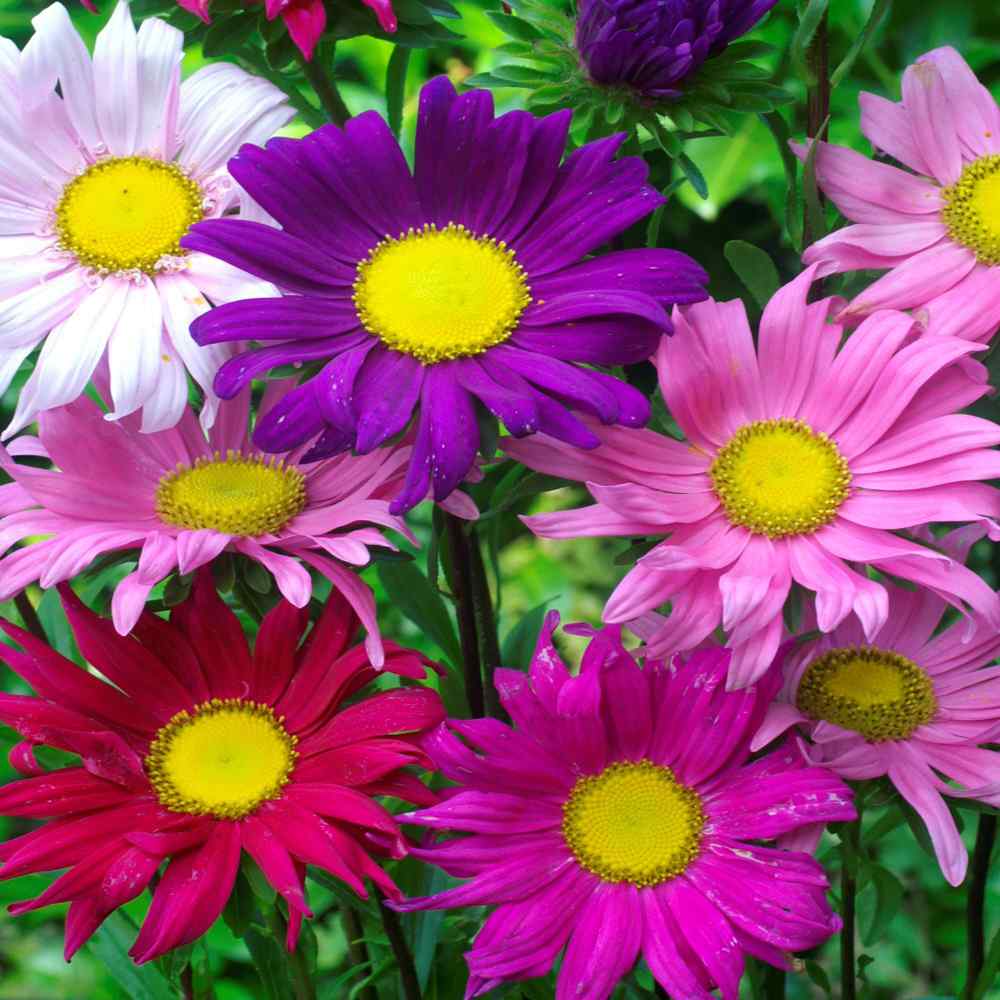
Cineraria Planting and Care Guide
Quick Facts About Cineraria
Cineraria Early Perfection is a hardy annual that features a lovely mix of red, pink, and blue blooms. It has a low-growing nature, and can serve well as a short-lived house plant.
Planting Time
Start Cineraria seeds indoors 6-8 weeks before the last expected frost, or sow directly outdoors after all frost danger has passed.

Planting Location
Cineraria grows best in partial shade, and should be planted in rich, moist soil that drains well.
How to Grow Cineraria
- If starting indoors for a jump on the growing season, sow seeds into trays or small pots filled with a seed starter mix.
- If sowing directly outdoors, first prepare a seedbed by removing weeds and breaking up soil. If soil is poor, amend with peat moss or other organic material.
- Surface sow seeds and lightly press into soil, but do not cover: light is needed for germination.
- Keep seeds moist until germination, and maintain a temperature of 55-65F degrees. Under proper conditions, these seeds should germinate in 2-3 weeks.
- Once seedlings have their first sets of true leaves and have grown a few inches, thin to strongest seedling and plant 1 foot apart in the garden or in individual pots after all frost danger has passed.
- Before transplanting seedlings into the garden, it's essential to "harden them off". This involves acclimating young plants to outdoor conditions by placing them in a sheltered outdoor area for about a week. Initially, shield them from strong winds and direct sunlight. If there's a risk of frost overnight, either cover the plants or bring them indoors, then return them outside in the morning. This hardening off method helps strengthen the plant's cell structure, minimizing transplant shock and sun damage.

Care And Maintenance
- Keep weeds under control during the growing season. Weeds compete with plants for water, space and nutrients, so control them by either cultivating often or use a mulch to prevent their seeds from germinating.
- Mulches play a vital role in preserving soil moisture and ensuring consistent soil temperatures. When it comes to annuals, using organic mulch made from shredded leaves not only enhances the appearance of the bed but also enriches the soil as it decomposes over time. Remember to keep mulch away from the plant stems to avoid potential rot issues.
- Cineraria should be watered regularly to prevent the soil from drying out, but be careful not to overwater.
- Begin performing an application of half-strength fertilizer every two weeks when buds begin to appear.




































